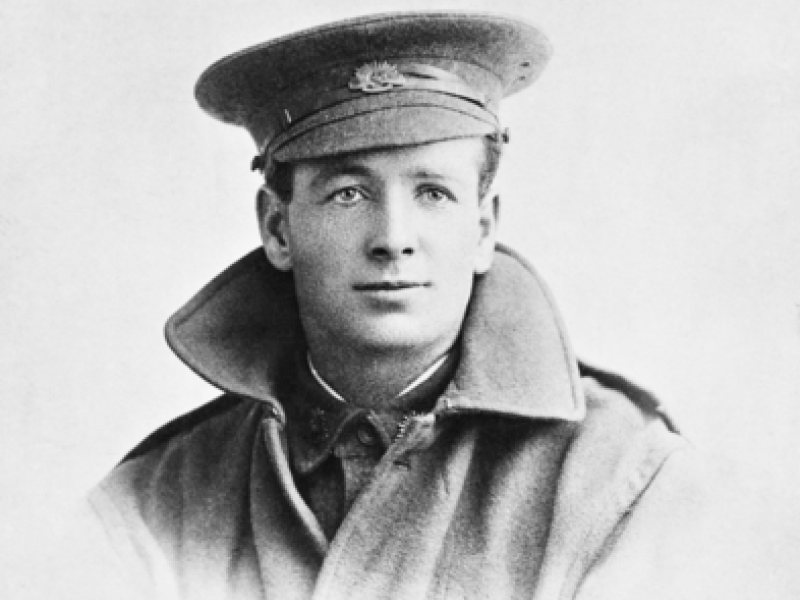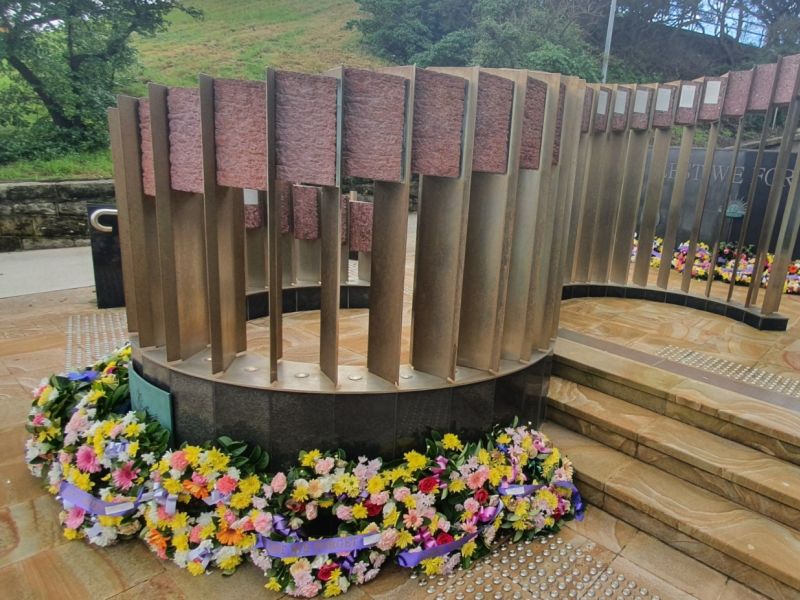Sergeant Maurice Vincent Buckley, VC, DCM
Maurice Buckley’s military service began badly. He had joined the light horse in 1914 and went to Egypt, where he contracted a venereal disease. He was returned to Australia and sent to Langwarrin Camp in late 1915. Some months later he walked out of the camp and did not return. As a result, he was declared a deserter and struck off the army roll.
In mid-1916, Buckley re-enlisted in the AIF, using the alias “Gerald Sexton”. He was sent to France, where he joined the 13th Battalion on the Somme in January 1917. He went on to fight at Bullecourt and through the third battle of Ypres; the next year, as a sergeant, he was wounded at Le Hamel. He later won the Distinguished Conduct Medal for his brave work during the great allied advance on 8 August.
Buckley was already a decorated veteran sergeant when at Le Verguier on 18 September 1918, armed with his Lewis Gun and “displaying boldness which was an inspiration to all”, he rushed at least six enemy machine-gun positions, captured a field gun, and took nearly 100 prisoners.
For these feats, he was awarded the Victoria Cross. Now, with the focus of attention on him, he had to disclose his true name. This duly required a correction in the London Gazette, which had formally announced his award.
After the war, in 1920, Buckley was one of the 14 Victoria Cross winners who marched on St Patrick’s Day in Melbourne to support Archbishop Daniel Mannix who had been outspoken against the war. (Opponents had tried unsuccessfully to prevent the parade.)
A year later Buckley was fatally injured when trying to jump his horse over the railway gates at Boolarra, Victoria. Ten Victoria Cross winners were pallbearers at his funeral.
- Australian War Memorial https://www.awm.gov.au/visit/exhibitions/fiftyaustralians/4

 Australian War Memorial
Australian War Memorial